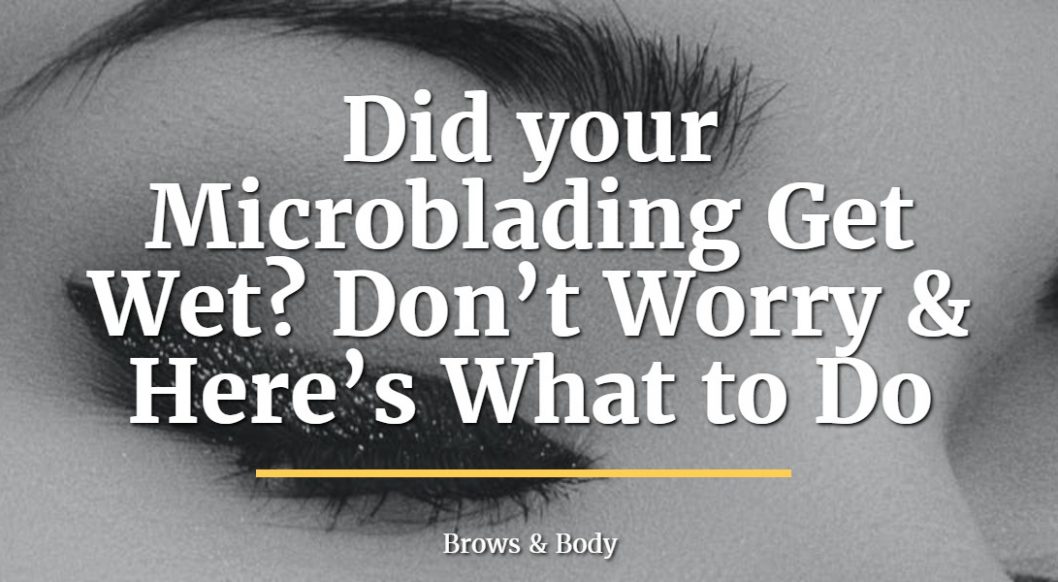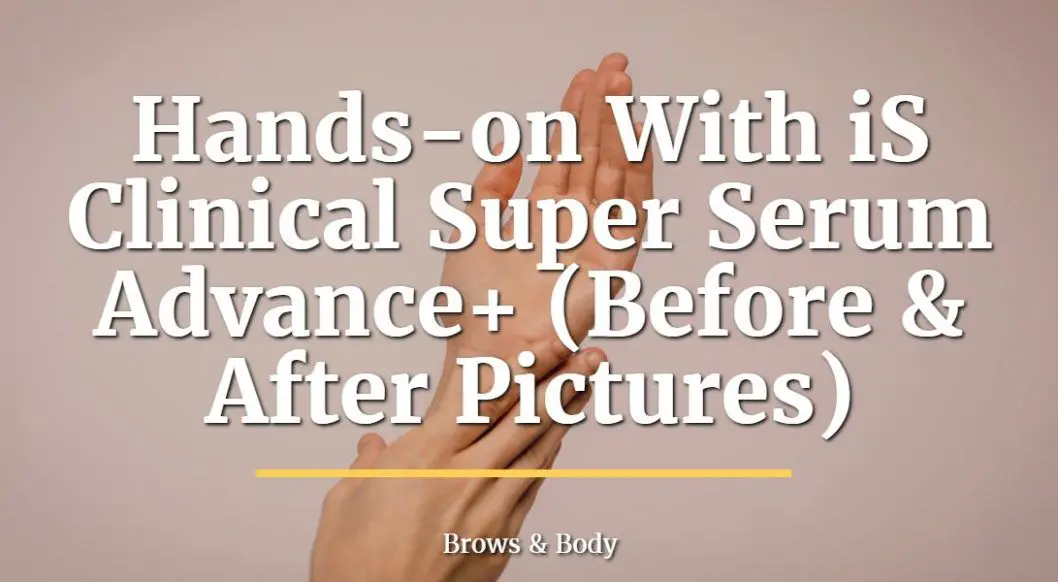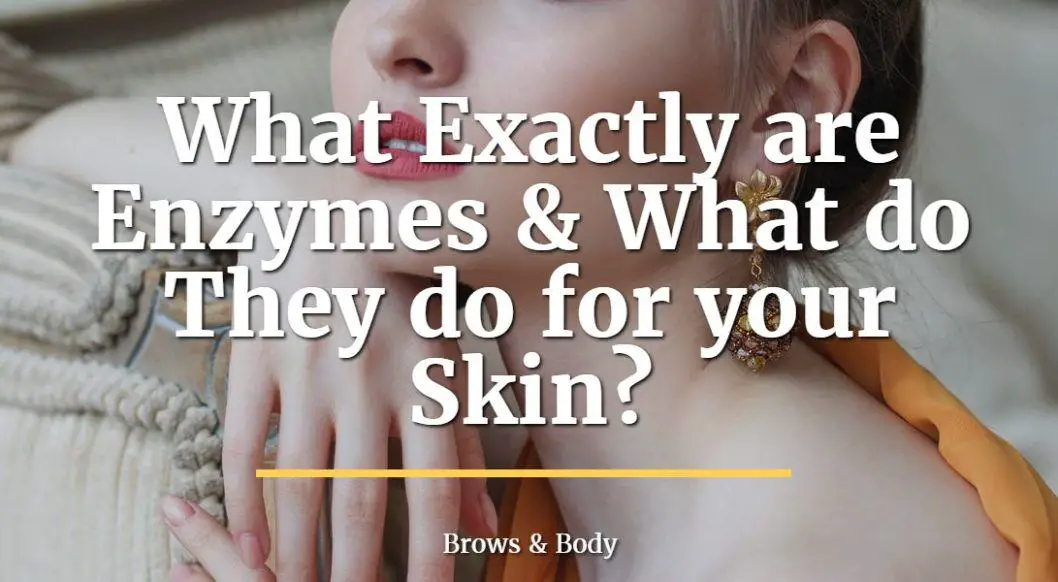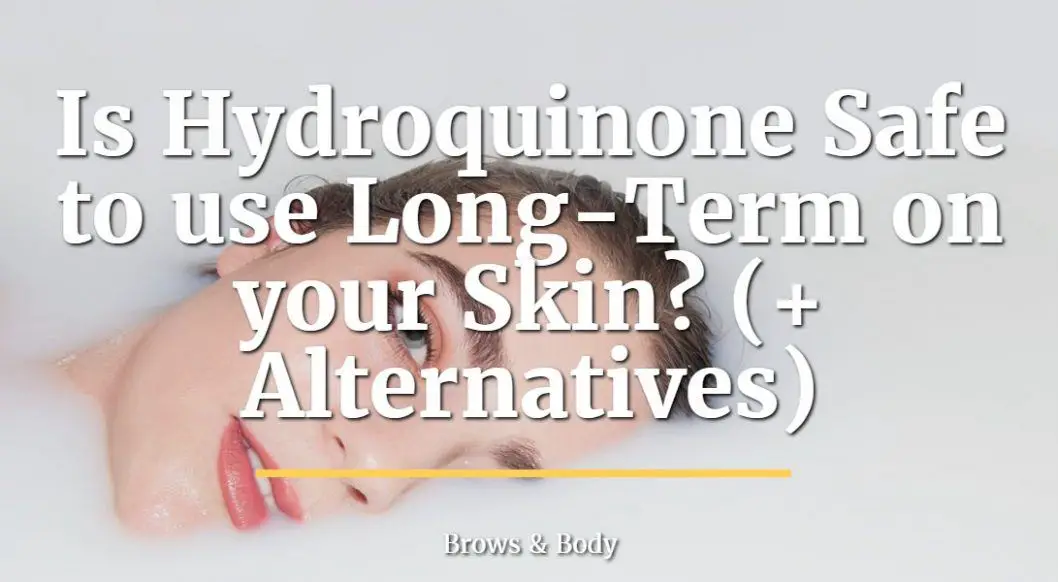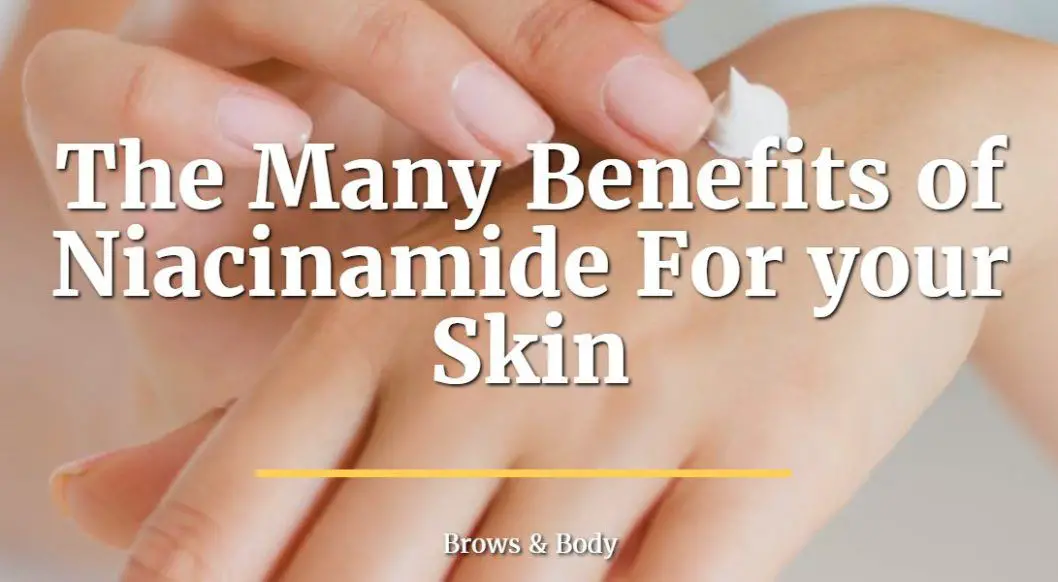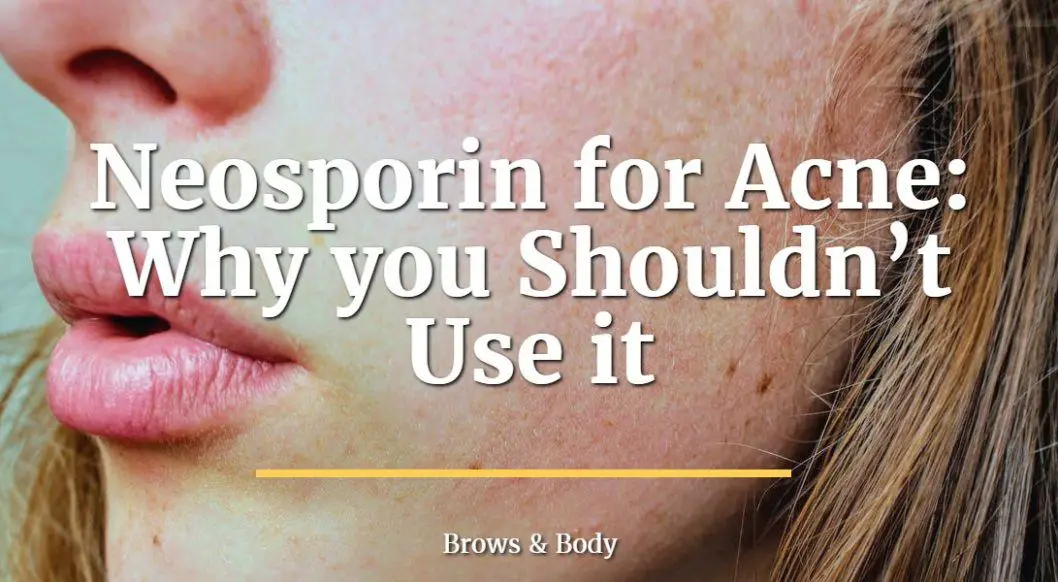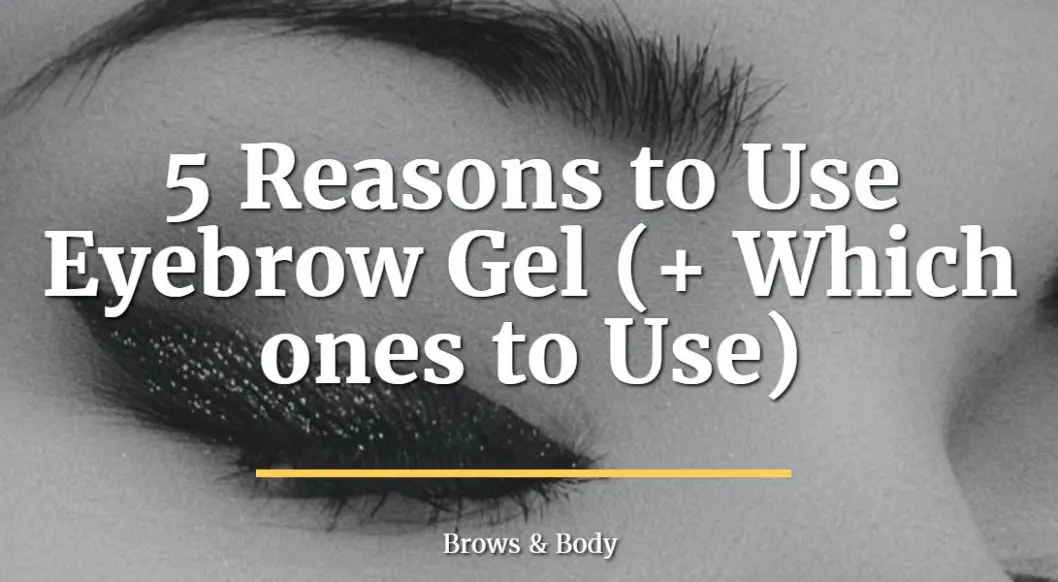Did your Microblading Get Wet? Don’t Worry & Here’s What to Do
If you got your microblading wet and you are freaking out, please don’t!
Or, if you are wondering what is “acceptable” or not after your microblading then this is the article for you.
We are going to talk about why you really don’t want to get your freshly microbladed brows yet, what water does to your brows, what to do if you already got them wet, and more.
Wet Healing vs Dry Healing
It’s important to understand that there are two main types of healing that you can do after you get microbladed.
The first is wet healing and the second is dry healing (dry healing is my preferred method).
And these healing methods apply to surgical wounds and other damage to your skin! (But in this case we ARE referring to microblading healing).
The name ‘wet healing’ may be kind of confusing because it indicates that you can get your brows wet during the healing process.
While it is true that you can get them a little bit wet during the healing process, neither method of healing suggests that you get your brows soaking wet.
And that’s the topic of our conversation today.
Even if you are doing the wet healing process, you still don’t want to get your brows incredibly wet.
It may be okay to lightly dab them (again, I’m not a fan of this method but it does work for some people), but that doesn’t mean you can go to the gym and get your brows soaking wet from sweat.
It also doesn’t mean you should jump into a swimming pool or run into a sauna.
There is a big difference between gently wiping down your brows with a baby wipe and swimming underwater.
With that in mind, let’s talk about how much moisture is good vs bad.
What type of moisture is okay?
GOOD (Acceptable):
- Lightly dabbing or cleaning your brows
- Running around in the rain (just protect your brows)
- A small amount of sweat
- Water that runs down your forehead while cleaning your face
BAD (Unacceptable):
- Jumping in the shower and not protecting your brows
- A lot of sweat or deep exercise
- Swimming in a pool
- Going into a hot tub or jacuzzi (it’s not about the water, it’s more about heating up your body and opening your pores!)
- Getting in a sauna (even if your face doesn’t get wet)
As long as you stay away from the BAD areas you should be good to go, even if your brows get a little bit wet.
But just remember that no matter which type of healing you are doing, you never want your brows to get VERY wet.
What Water Does to Microblading Pigment
It always surprises me that women who get their brows done are constantly trying to push the line on what they should or shouldn’t do.
Don’t fall into this category!
The rules that exist for microblading are there to make sure that YOU get the best result possible.
I want your brows to be beautiful (and I’m sure your artist does as well!).
But I totally get it if you want to know why we make these recommendations.
So on that topic let’s discuss at least a little bit what happens to your brows if they get wet.
Because microblading is a semi-permanent technique the pigment used in this procedure doesn’t go as deep as your dermis (the depth that tattoo artists go).
What does that mean for you?
It means that the pigment (the coloring) is not very deep in your skin and it is subject to being ‘pushed’ out by various sources.
This means that it is literally possible for your ink to ‘fall’ out of the wells that were created by your microblading artist!
What things make them fall out?
You guessed it… water.
Well, not specifically water, but water is certainly a big culprit.
Any sort of liquid placed directly on the healing microblading area increases your risk of losing your pigment.
If you lose your pigment then the ENTIRE procedure may have to be re-done.
And trust me, doing 1 extra workout is not worth another couple hour appointment and the use of a small microblade to get your brows looking good!
For this reason, me (and other artists) are very anal when it comes to making sure that you do NOT get your brows wet.
Microblading and Exercise Explained
What about exercise? Surely, I should be able to exercise because you don’t sweat that much.
You would think so, but exercise is bad for a combination of reasons.
The first has to do with your sweat, but that’s not the main reason I don’t want you to do it.
The main reason you shouldn’t exercise
Does this mean that you can never exercise?
No!
You can exercise to your heart’s content but only once your brows are completely healed (meaning you don’t have any scabs or open wounds).
I know that there are some of you out there who HAVE to exercise.
What should you do it if you fit into that category?
If you MUST exercise then please, please, please make sure you keep it light.
As long as you keep your heart rate down, the sweat minimal, and your body temperature cool, you should be fine to do light exercises.
Just realize that any exercise you do may slightly increase your risk of reducing your long-term results.
What to do if your Microblading Got Wet
Ok, now that that is out of the way we can talk a little bit about what you should do if you do get them wet.
The first thing you should do is not freak out.
While it isn’t ideal to get your brows wet during the healing process, you can’t go back in time and fix getting them wet now.
So, whatever damage was done will be done and there’s not much you can do about it at this point.
What you want to pay attention to is just how wet you got them.
A small splash from water, a few raindrops that run down your face, or something minor like this will NOT cause any major issues.
But if you got inside of a sauna for 30 minutes, spent 45 minutes in spin class, or went swimming, then you probably did some damage to your brows.
The good news is that this problem can be addressed and fixed during your touch up.
The bad news is that your artist will probably have to do more work than normal, but the problem should definitely be fixable.
So, if you get them wet, just dab them dry (lightly) and then move on.
If you feel concerned you can always reach out to your artist and let them know what happened and they can give you some advice as well.
But there’s nothing you can do until your brows are completely healed because you can’t go back and do your touch-up while you are still healing.
Conclusion
Should you get your brows wet? No, I don’t recommend it.
Should you freak out if you get them a little wet? No, your probably 100% fine.
Should you freak out if you got them REALLY wet? The answer is still no, but just realize your artist will have some work to do at your touch-up.
Does this mean you should go run around and exercise like crazy? Please don’t! This WILL cause problems for your brows.
Now I want to hear from you:
Did you get your brows wet?
Do you see any problems with your pigment?
How is your retention?
If you have any questions or comments please leave them below!

